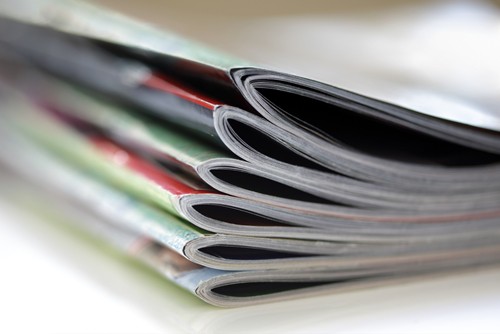
Like many different design tasks, creating the perfect business brochure requires a balance of information, design and style. Your company doesn't want to bore or overload the customer base with too much data, but they also need to stand out and give each piece a creative, distinctive touch. Brochures can be adjusted to address specific audiences or events, or be intended just for continued general use, and accompany official signage materials made through custom screen printing.
Whichever audience your brand is hoping to attract, though, simplicity and crispness are good values to keep in mind. If the brochure has a daring shape or design feature, then the rest of the content could offset this by being simple and easy-to-read. On the other hand, if the design is plain, then something in the pages of the brochure could be unconventional enough to keep the reader hooked.
In a 2014 article for Creative Bloq addressing designers, Julia Sagar talked about the necessity of brochure simplicity in its different forms. One of these is the importance of selecting just one font for the pages that ties into the already established nature of the company.
"You don't need many fonts when you're thinking of how to design a brochure – just a heading, subheading and body copy font," she writes. "But we see it all the time in student portfolios – people think they need to find a headline font nobody has ever used before."
In a way, the rise of digital media can make a print item all the more effective as it provides a tangible alternative to targeted emails and banner ads. Pressure Sensitive Products works with brochures as part of its multi-pronged graphic design offerings: we advise on effective placement of design elements and can help brands present a coherent company image through printed materials.